Researchers in China have used human hair to make a vital component of energy-storage devices. The discovery could lead to more efficient and environmentally-friendly replacements for traditional batteries.

Many batteries currently in use, such as the lead–acid batteries in cars, are heavy and bulky and rely on hazardous chemicals to store electrical charge. With increasing worldwide sales of mobile electronics, the environmental impact of batteries is receiving more attention and motivating research into supercapacitors, which can be made from sustainable carbon-based materials.
Unfortunately, these carbon materials are usually either difficult to manufacture or derived from fossil fuels. Now, however, Feng Yan and his team at Soochow University have used a simple carbonisation process to turn human hair – a common and renewable waste product – into carbon flakes suitable for use in supercapacitor electrodes.
Interested to know more? Read the full news article by Stephan McCarthy in Chemistry World here…
Read the article by Wenjing Qian et al. in EES:
Human Hair-Derived Carbon Flakes for Electrochemical Supercapacitors
Wenjing Qian, fFengxia Sun, Yanhui Xu, Lihua Qiu, Chang-Hai Liu, Sui-Dong Wang and Feng Yan
Energy Environ. Sci., 2013, Accepted Manuscript
DOI: 10.1039/C3EE43111H, Paper











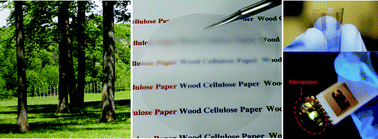
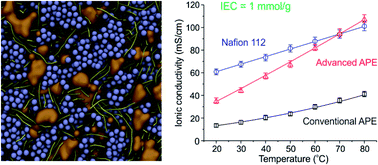

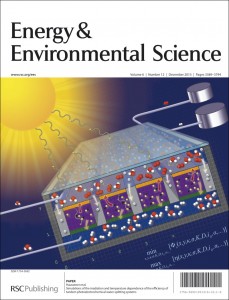
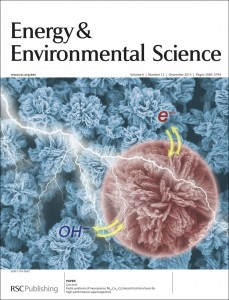
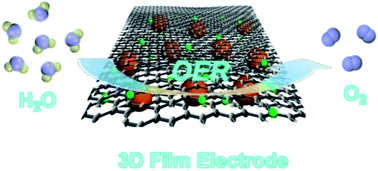


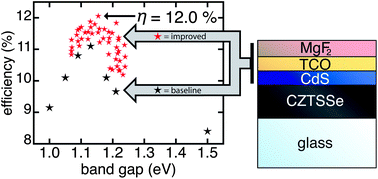 Scientists in the United States have designed a Cu2ZnSn(S, Se)4 (CZTSSe) solar cell with the greatest efficiency to date using an optical-design approach.
Scientists in the United States have designed a Cu2ZnSn(S, Se)4 (CZTSSe) solar cell with the greatest efficiency to date using an optical-design approach.